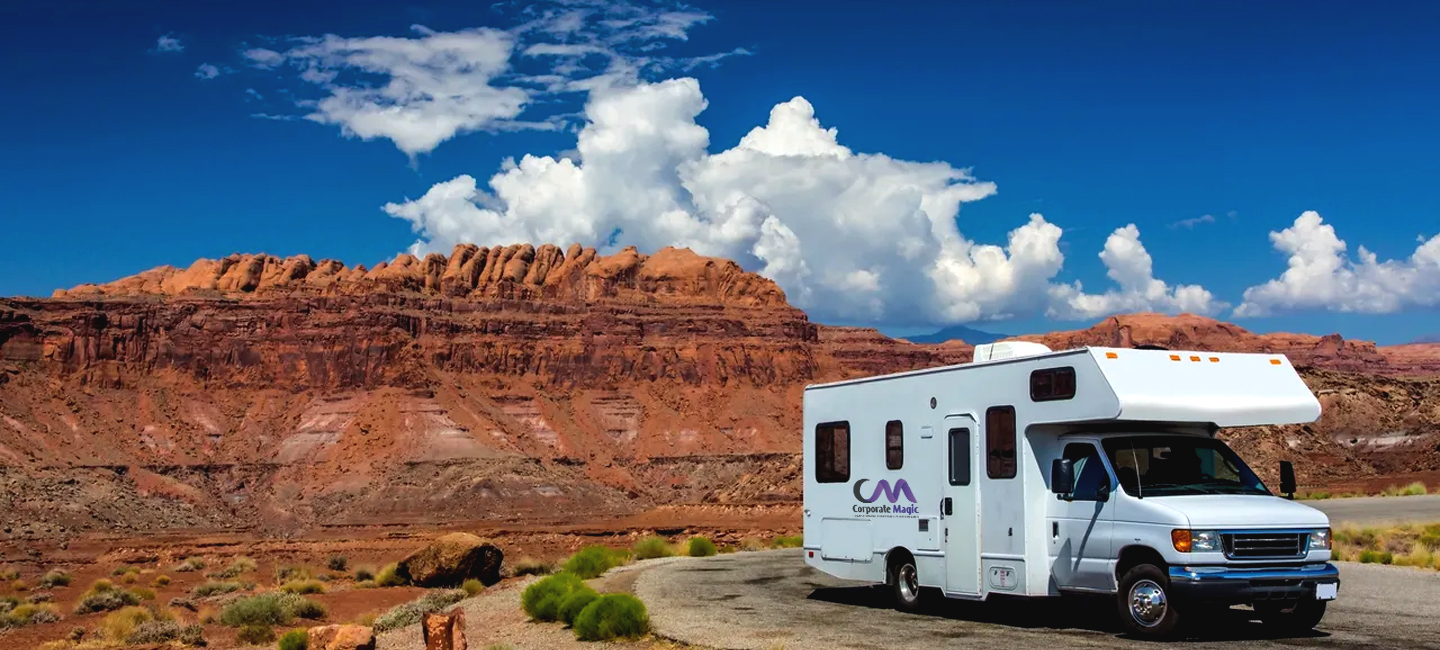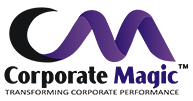
I recently took a holiday with the family to Kangaroo Island in South Australia. We were fortunate to find an available campervan for our adventure in the midst of COVID19; it was a three berth with a tiny bathroom that reminded me of my last trip to Rome with a shower you step in to one body part at a time!
The excitement of renting a campervan was building up and we couldn’t wait to test it out at our first camping ground: Victor Harbour. When we arrived, it was pouring with rain, so we spent our first night indoors, in our home for the next 4 days.
It’s only now, having moved from the comfort of the driver’s seat that we discover the true learnings around change, resilience and communication, as well as the meaning of moving cheek to cheek!
Let’s rewind to my home for a moment. We have a peaceful, happy home, and we have enough space for everyone to move around in and do their respective activities. Lego in the play corner, baking in the kitchen, working in the office or just chilling on the lounge with the pets. Happy days!
Now, fast forward, to the first evening in our Campervan, the frustration brewed, the rain poured, “Mr 7yo” wanted to use the toilet the same time as I was cooking, and my partner was trying to get to the fridge for a beverage by squeezing past me! The three of us often caught in a battle of wills as to who had the right of way!
Unless we learned quickly, this trip and the excitement of the “Campervan Adventure” was set to become a disaster of epic proportions!
Something needed to change, so we came up with some Campervan Strategies.
-
Self-Awareness – Can you manage your own emotional responses?
-
Prioritise – What is important right now?
-
Set clear expectations – What is the outcome and the plan to get there?
-
Communicate – Stop, breathe, decide, engage – responding not reacting!
-
Check in regularly – One on ones to discuss progress and development needs
Does any of this sound familiar?
It should because these five steps are also very valuable to manage change, disruption and overwhelm in your own work environments.
- Self awareness
I am aware of the change in my environment and I accept that it’s not comfortable for me right now, it is not within my sphere of influence to change the circumstances. However, it is well within my influence to change my response to those circumstances. - Prioritise
What is the most important action right now? If what I am doing isn’t working for me or anyone else, what can I do differently! What options do I have to manage my priorities? - Set clear expectations
What do you want to achieve, and what action, right now, gets you moving toward your outcome? What is the first step and what will it take for you to begin? - Communicate
With so much open-plan, you can no longer pass people in the hallways without bumping into them, so make the bumps count, take an opportunity to connect with others and create open communication that goes both ways. If you learn to connect, communicate and build trusting relationships in the good times, then communication and connection in difficult times will flow more easily. If the communication comes from a place of emotion or disruption, then before you speak: STOP, BREATHE and DECIDE so you can respond instead of reacting. - Check in regularly
Take care of each other, check in by listening and bringing curiosity, what’s working well? What’s not working well? Is there anything you can do differently? What are your needs right now? Make it a conversation focused on psychological wellness and purpose.
So, what did I learn from applying these strategies to our Trip?
First, I recognised that I was feeling frustrated and squashed in. That feeling you get in overwhelm, when everyone wants something from you right now.
“Mr 7yo” was busting for the loo and I needed a time out. I happily stepped towards the sliding door and opened it for some fresh air. “Mr 7yo” took to the throne and I took a time out to breathe. My partner moved in to the lounge side of the campervan and was soon joined by “Mr 7”!
I came back to the kitchen area, opened the fridge to provide refreshments for the family and got back to the job at hand, reminding myself that – disruption doesn’t have to be destruction!
I remembered we came away to have fun and some adventure and we ALL needed to be fully prepared for the upheaval to our routine, and expect that this is life in a box, and we have exactly what we asked for! We can’t change the weather, or the space so we need to change our responses and behaviour.
We talked about some ideas for moving around the cabin, who stands where for particular tasks like cooking and bed making. Recognise that we don’t have the same spatial awareness, even though you would think that was completely obvious, it’s funny how habitual behaviour kicks in.
We still had bumps from time to time, but it became more fun than frustration as we had begun to acclimatise to our new environment.
We checked in on our experience when we got home, discussed some continuous improvement and what we could do differently next time to make it even better.
That’s right, we had such fun we are doing it all again in the new year. Look out South Coast, here we come!
Consider this year of change that has been outside of your ability to influence, then consider how you first responded to that change and how you are responding differently now.
What is different? What have you learned?
